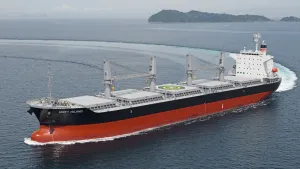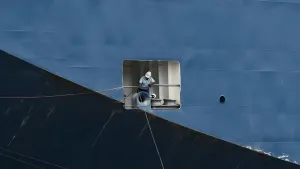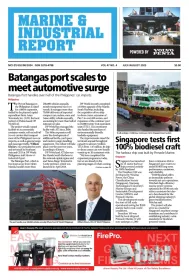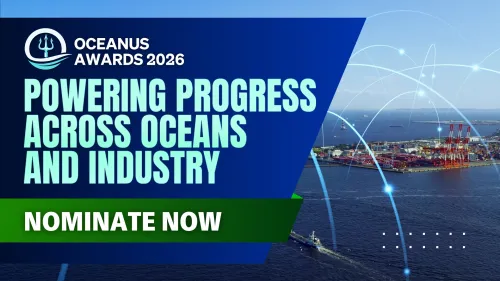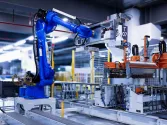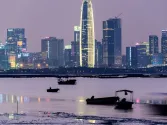MAR DE ONS validates bespoke design with second New Build now in operation
Incat Crowther is pleased to announce a second Incat Crowther 32 has been delivered to Spanish ferry operator Mar de Ons. The new self-titled vessel, Mar de Ons, was constructed at Astilleros Armon’s Burella yard and is nearly identical to the successful Mar de Cies. Mar de Cies was also designed by Incat Crowther and has been in operation since 2019. In developing Mar de Cies, Mar de Ons worked closely with Incat Crowther to create a vessel that could transport a large number of passengers anywhere within Mar de Ons’ network. The result is an efficient, yet robust vessel that requires low maintenance.
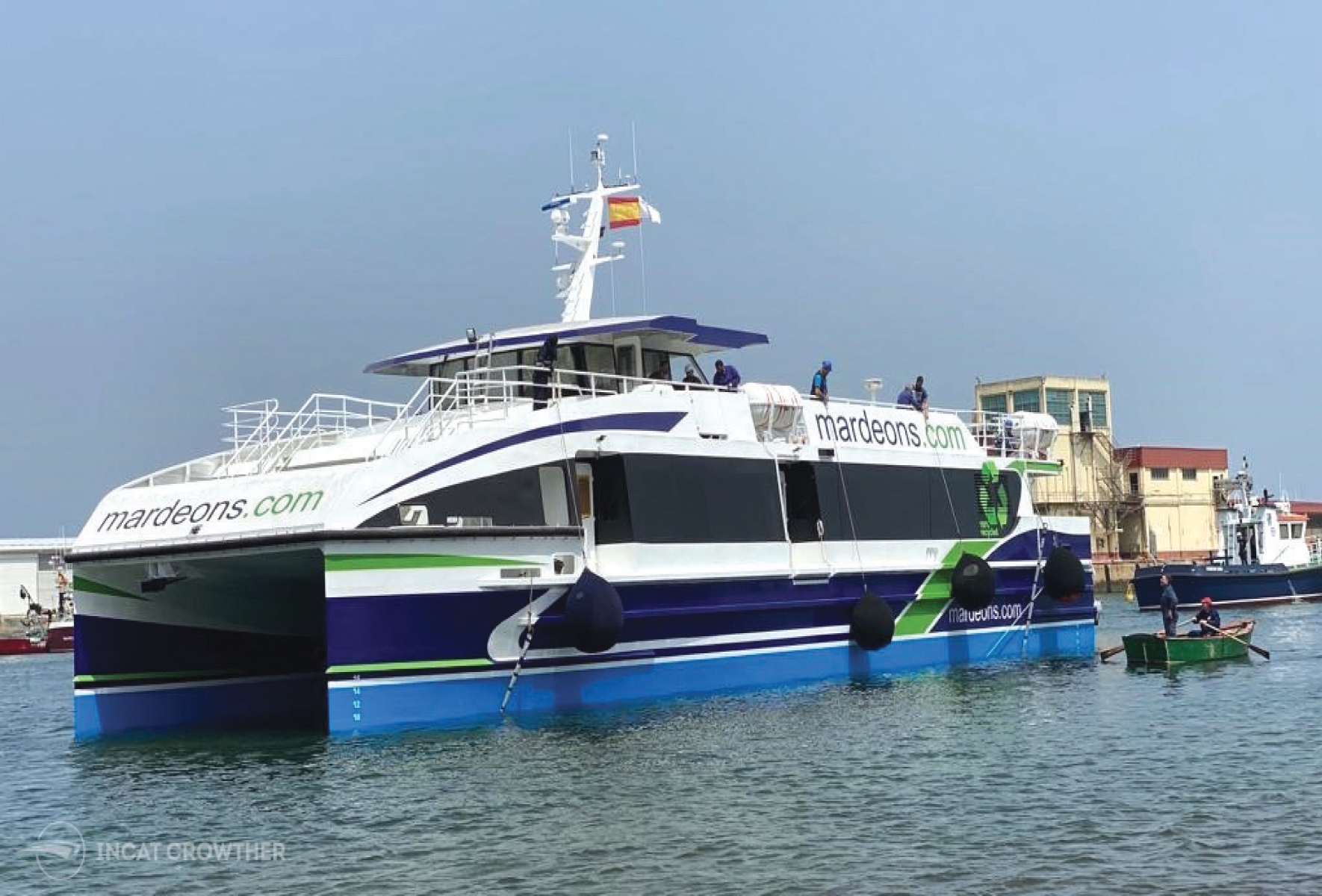
The final design of Mar de Ons is almost identical to that of Mar de Cies. The vessels share common structural components and design elements, with some optimisation to the customer experience on board Mar de Ons. The most significant change to the design of Mar de Ons is the reconfiguration of the upper deck, allowing for additional seats, including forward seats overlooking the bow. The additional upper deck capacity allows for the addition of wheelchair spaces on the main deck without an overall reduction in capacity, with Mar de Ons capable of transporting 394 passengers.
The new vessel again demonstrates Astilleros Armon’s ability to deliver high-standard interior fitouts, with high-quality passenger amenities throughout. The outlook from the main deck has also been improved with the installation of full-depth windows for the entire length of the cabin. The main deck features a large kiosk, whilst seating at tables has also been provided.
Passenger flow to help increase operational efficiency on Mar de Ons’ busy routes has been facilitated by multiple wide staircases and access options to both decks of the vessel. The design also accounts for the varied dockside infrastructure Mar de Ons encounters on their network around the Bays of Vigo and Pontevedra. Boarding is by multiple locations, at a range of heights, including aft platforms, main deck gates (aft, mid and forward), as well as bow loading over the foredeck. The extremities of the vessel are tailored to facilitate regular berthing manoeuvres, whilst custom fendering has also been installed.
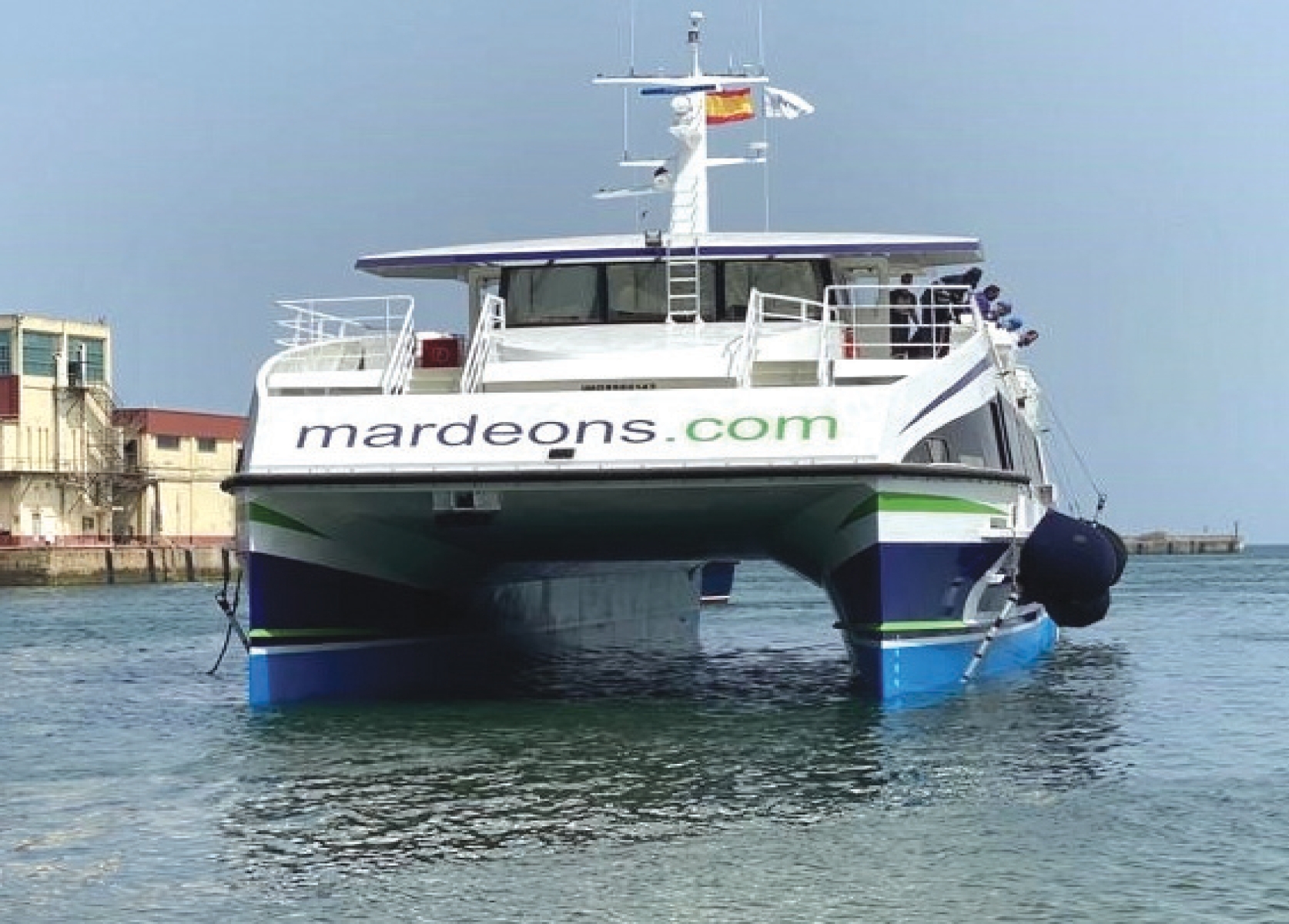
The design features a low propeller draft to allow access to shallow docks as well as an aluminium hull that is not only efficient but has proven itself to be robust and low maintenance in operation. Both vessels are capable of a top speed of 29 knots, while Mar de Cies has reliably operated at 25 knots at a modest engine load, resulting in a very low fuel burn.
Safety compliance is provided in accordance with the latest EU regulations, a process that involved collaboration with Spanish flag authorities to achieve an optimal outcome.
With the success of Mar de Cies, the operator naturally chose to work with Incat Crowther and Astilleros Armon on the follow-up. The result is a fully customised design solution that reaps rewards in functionality, operational efficiency, and low fuel usage.
This article was originally published on Marine & Industrial Report newspaper Vol 45 No.4 Issue last August 31, 2023.

